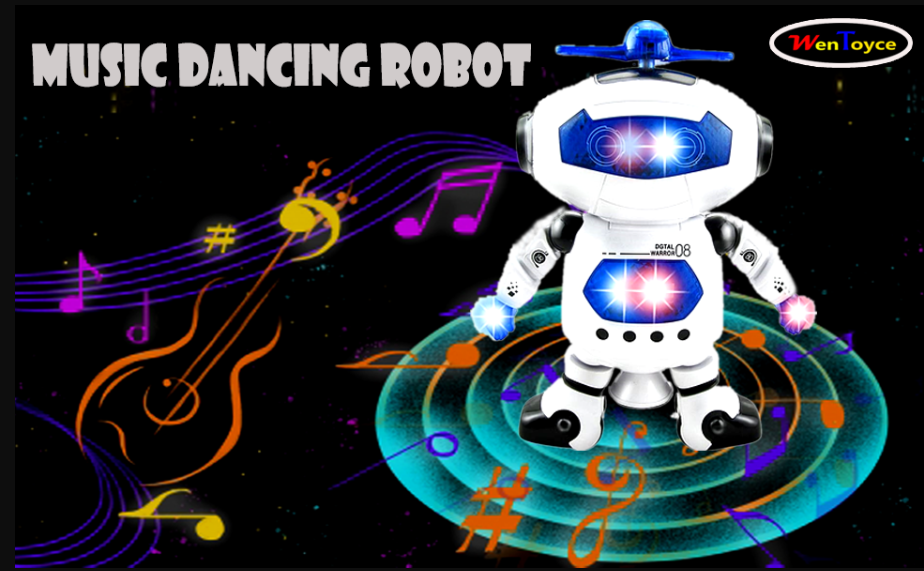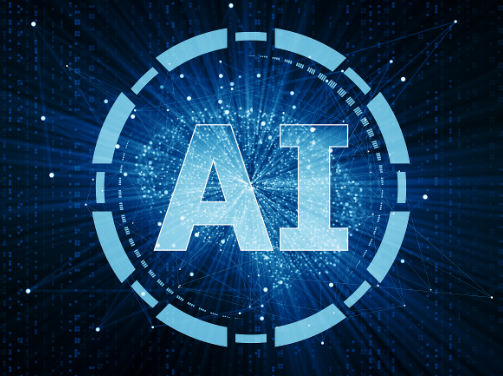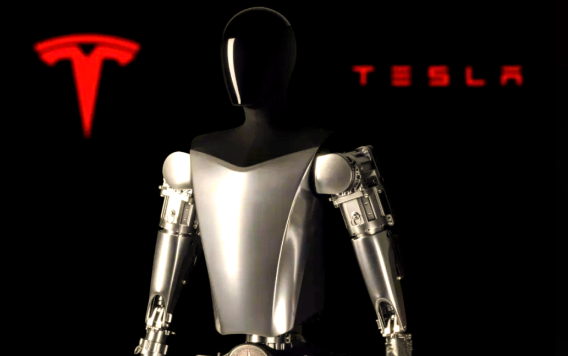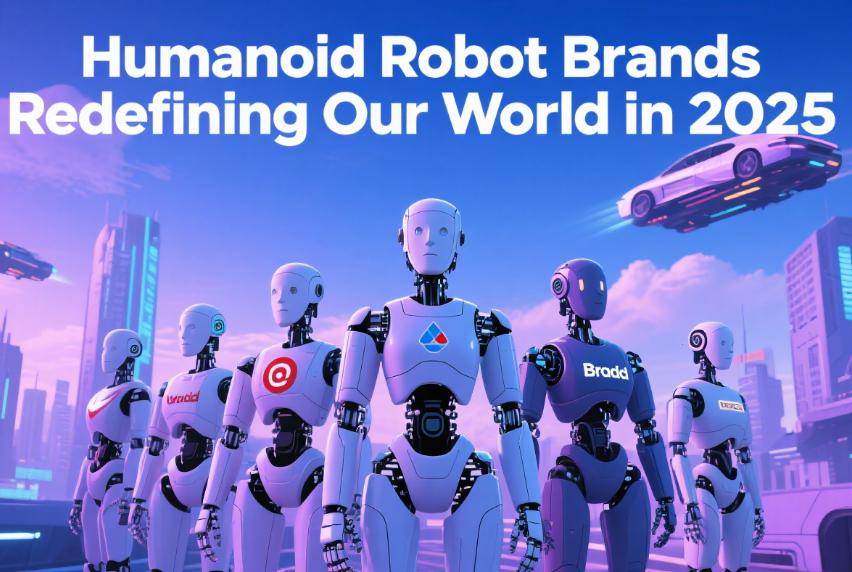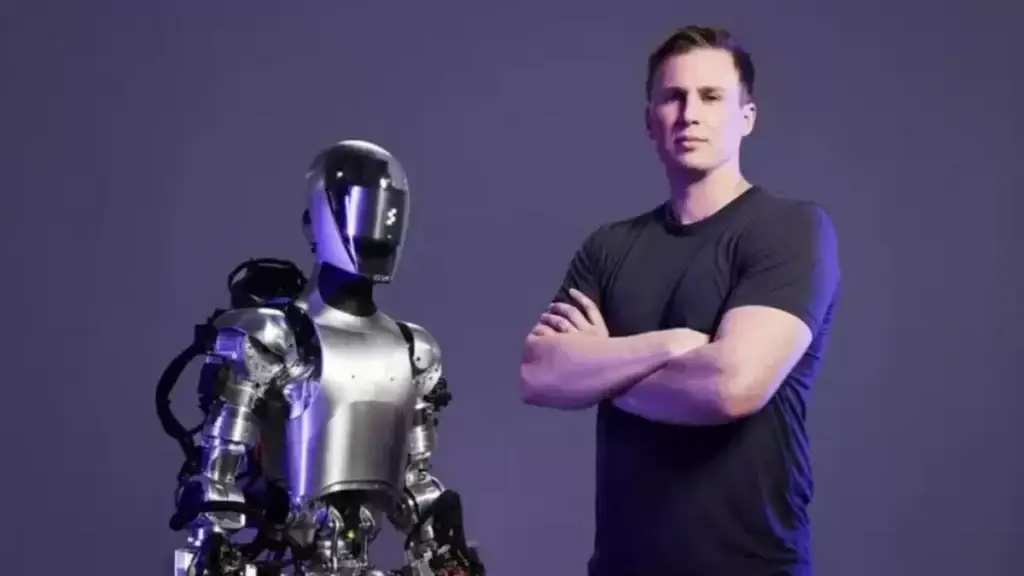What is Nvidia Physical AI?
Physical AI refers to the application of artificial intelligence algorithms to physical devices, especially robots. Nvidia, as an industry leader, leverages its powerful GPU computing and AI platforms to drive real-world adoption of reinforcement learning robotics. Traditional AI focuses on data processing and virtual environments, while Physical AI gives AI a 'body', allowing it to sense, manipulate, and impact the physical world directly.How Does Reinforcement Learning Empower Robots?
Reinforcement learning is a way for AI to improve through trial and error. Nvidia uses this technology to let robots train thousands of times in simulated environments, learning how to handle complex real-world scenarios. For example, robotic arms can eventually master precision grasping and assembly through countless attempts.Robots perceive the environment and perform actions.
They receive rewards or penalties based on the results.
The AI continually adjusts its strategy to optimise behaviour.
Eventually, the robot forms optimal decision paths for efficient autonomous operation.
This method allows robots to adapt to unknown environments like humans, dramatically improving flexibility and efficiency.
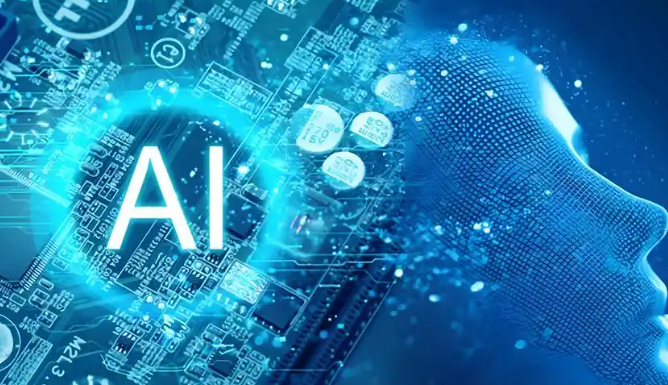
Real-World Applications of Physical AI Across Industries
Nvidia Physical AI has shown massive potential in various sectors:Industrial Manufacturing: Robots autonomously handle assembly, inspection, and transport, boosting productivity.
Healthcare: AI robots assist in surgery and rehabilitation, delivering greater precision and personalised care.
Smart Logistics: Automated sorting and unmanned transport make logistics faster and more accurate.
Service Robots: Home care and intelligent cleaning enhance quality of life.
Five Key Steps to Training Nvidia Physical AI Robots
What does it take to build a truly intelligent Physical AI robot? Here are the five crucial steps, explained in detail:Environment Modelling and Simulation
Developers use platforms like Nvidia Omniverse to create digital twins of real environments, simulating terrain, obstacles, and object properties. This lets robots train safely in virtual worlds, saving hardware wear and cost.Defining Reward Mechanisms
The core of reinforcement learning is the 'reward'. Developers set goals for robots, such as 'move the object to the target position', and assign scores based on performance, driving the AI to keep refining its strategy.Large-Scale Parallel Training
With Nvidia's powerful GPU clusters, robots can conduct thousands of experiments in virtual environments simultaneously. Every attempt is logged and analysed, rapidly iterating towards better behaviour models.Transferring Strategies to the Real World
After millions of simulated trials, the AI is transferred to real robots. Here, it must handle sensor noise and physical friction. Nvidia's physics simulation technology helps bridge the gap between virtual and real.Continuous Learning and Optimisation
As robots encounter new challenges in the field, they keep collecting data and self-learning. Through cloud updates and edge computing, AI models keep evolving to handle ever more complex scenarios.

